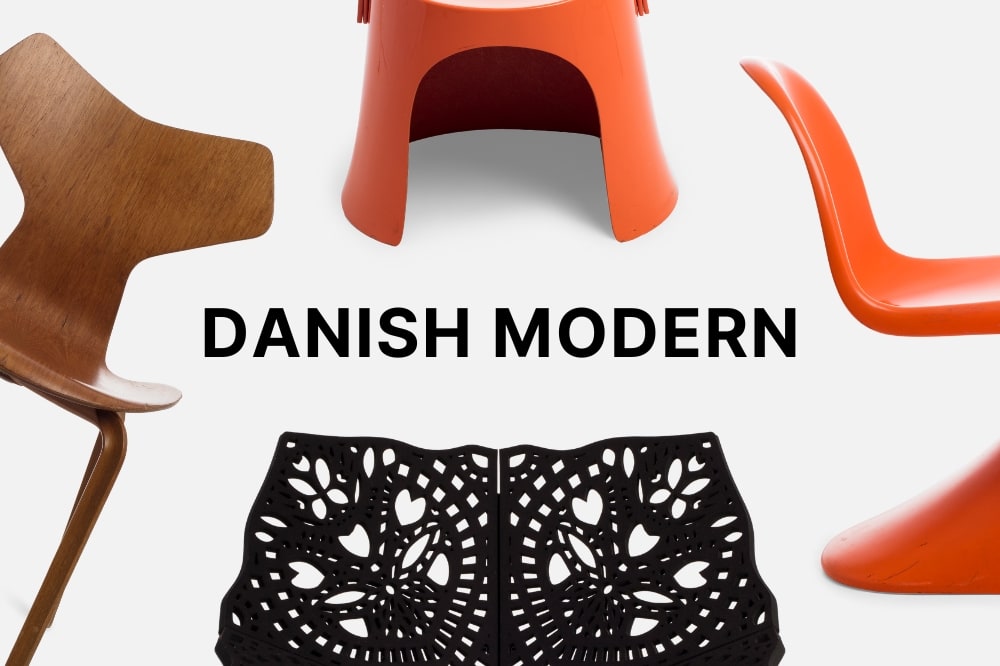
From Ornate to Eco - The Shift Towards Sustainable Design
From Ornate to Eco - The 1970s Shift Towards Sustainable Furniture Design
The 1970s environmental and energy debates sparked a global shift in design thinking, leading to a preference for simple, functional, and sustainable furniture. This movement, rejecting the traditional design principles for the eco-conscious and DIY, reshaped how the youth viewed and used their living spaces.
The environmental and energy debate due to the oil crises of the 1970s inspired designers worldwide. The late 1960s rebellious view of design, production, and consumption had a strong influence, which, among others, resulted in protests against the traditional bourgeois approach to furniture design. The impact, among others, was freer furnishings and resource-efficient furniture. The youth of the new era didn't want to invest their money in exclusive furniture for lifelong use. Instead, their ideal was the simple, unconventional home. With just a few simple but functional pieces of furniture to use and consume, not needed to save for the future. Preferably recycled chairs, painted in new cheerful colors, simple chipboard bookshelves, unframed posters on the walls, and cushions on the floor instead of sofas.
In 1973, the Americans James Hennessey (1945–2020) and Victor Papanek (1923–1998) published the book Nomadic Furniture, where they, with sketches and drawings, urged consumers to take social and ecological responsibility by making their own cheap furniture from recycled materials. In their vision of home design, everything is lightweight, folds, inflates, knocks down, stacks, or is disposable. They offer simple instructions for making beds, chairs, sofas, stools, and tables. Their ideas open up channels for creativity, as well as for saving money and lightening a household's footprint. The Italian architect Enzo Mari (1932–2020) later treated the same topic in his book Autoprogettazione.

In Sweden, the designer duo Börje Lindau (1932–1999) and Bo Lindekrantz (1932–2020) examined how flexibility could be transferred to furniture for home and public environments. At the furniture fair in 1972, the company Lammhults launched their series of basic folding chairs, tables, and armchairs called X75. The range was presented refined on pallets in a black stand. The X75-series would offer great flexibility in the interiors and was well received. Most notable was the folding "director's chair" - a modern alternative to the Danish architect Mogens Koch's classic folding chair model MK 16 from 1932, the same year Börge Lindau and Bo Lindekrantz were born.
In April 1976, the Museum of Modern Art in Stockholm opened an exhibition called Ararat. The name was, except from the Bible reference, an acronym for "Alternative Research in Architecture, Resources, Art and Technology. The exhibition was based on a collaboration between artists, architects, technicians, craftsmen, and humanists intended to stimulate knowledge spread and inspire action through the visitors' active participation. The topic was the future, about a society that functioned in balance with nature and drew its energy from nature's energy sources. For the exhibition, the Swedish architect Åke Axelsson (b.1932) presented a chair named Ararat, where he used ancient craft methods combined with natural, local materials. This was followed by a series of chairs crafted on the same basis, and still today, Axelsson continues his fascination with ancient crafts.
This article was written by Lars Bülow








































































